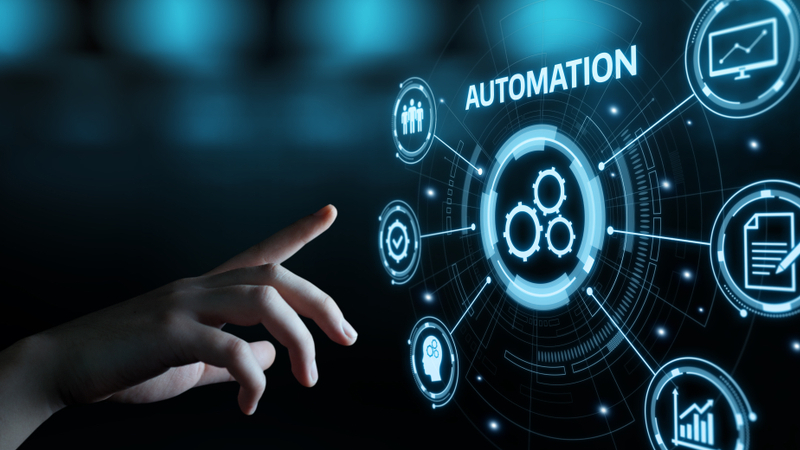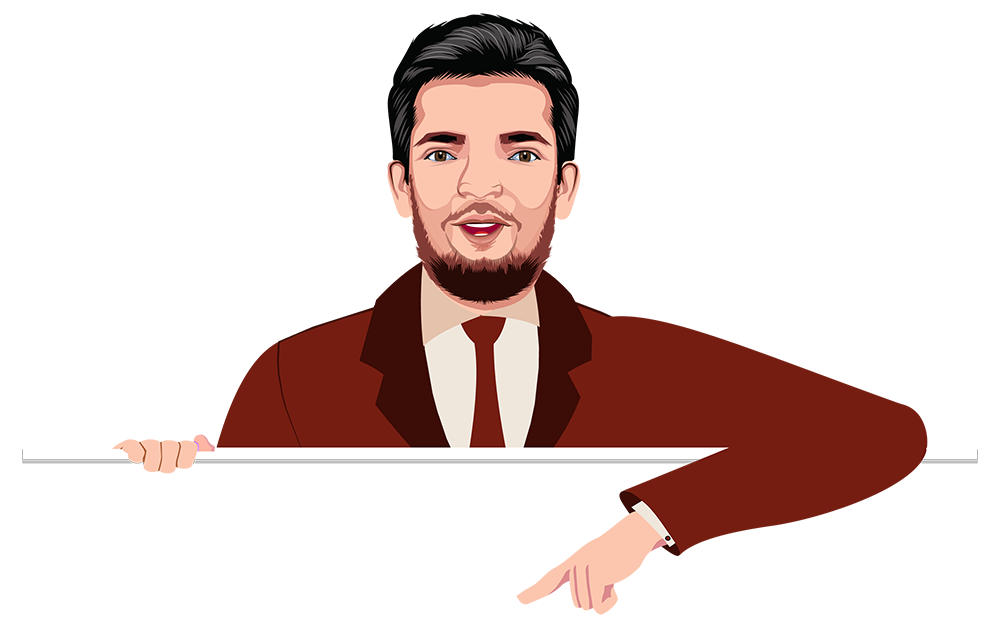

In today’s fast-paced digital world, advertising has reached a saturation point. Every scroll, click, and tap exposes users to hundreds of brand messages — many of which get ignored.
Yet amidst this clutter, one truth has become clear: more ads don’t mean better marketing.
As we step into 2025, brands are rethinking their approach — shifting from volume to value, and from automation overload to creative precision. The new mantra?
👉 “Fewer, better ads.”
It’s not about doing less marketing; it’s about doing meaningful marketing — blending the power of creativity with the efficiency of automation.
The Problem: Quantity Over Quality
Over the past decade, the digital marketing industry has focused heavily on automation, programmatic ads, and AI-driven campaigns.
While these tools have made advertising faster and scalable, they’ve also created a flood of repetitive, low-quality content that fails to connect emotionally with audiences.
- Audiences are exposed to 6,000–10,000 ads per day.
- Average engagement rates have declined year over year.
- Consumers now skip, mute, or block most ads automatically.
In short, automation gave us efficiency, but often at the cost of creativity and authenticity.
Why Creativity Still Wins in 2025
Despite the rise of AI tools and algorithmic targeting, creativity remains the soul of advertising.
It’s what makes people stop, smile, think, or feel something — and that emotional connection is what builds brand loyalty.
✨ Creativity Builds Trust
A clever or emotionally engaging ad makes a brand feel more human. People trust stories and personalities, not algorithms.
🎨 Creativity Differentiates
In a world where AI can generate thousands of variations of an ad in seconds, the real differentiator becomes the human touch — unique ideas, humor, empathy, or storytelling that machines can’t fully replicate.
💡 Creativity Converts
Research consistently shows that creative, emotionally-driven ads outperform purely data-driven ones in conversion rates and long-term brand recall.
So, while automation can help with targeting and optimization, creativity is what makes people care.
The Role of Automation — and Where It Fits
Automation isn’t the enemy — it’s a powerful ally when used wisely. The key is using automation to enhance creativity, not replace it.
Here’s how leading marketers are achieving that balance in 2025:
⚙️ 1. AI for Insights, Not Ideas
AI tools can analyze huge amounts of data — audience behavior, demographics, and engagement metrics — to help marketers understand what type of content works.
But the idea behind the campaign still comes from human insight and emotion.
Example:
Instead of asking AI to “write an ad,” creative teams ask,
“What topics are trending among our target audience?”
Then use that data to craft a campaign that feels relevant and emotionally compelling.
⚙️ 2. Automating Repetitive Tasks
Automation should handle the tedious parts — ad testing, bidding, A/B optimization, and scheduling.
This frees creative professionals to focus on storytelling, design, and big-picture strategy.
⚙️ 3. Personalization at Scale
AI can help deliver personalized ad experiences — showing the right creative to the right audience at the right time.
However, the personalization only works if the core creative (the message, design, and story) is strong to begin with.
Why “Fewer, Better Ads” Is the Future
Let’s face it — the days of mass-producing 500 variations of the same ad are fading. Consumers don’t want noise; they want meaning.
Here’s why focusing on fewer, better ads is the smarter strategy in 2025:
🧠 1. Quality Over Quantity Builds Brand Equity
A few memorable, beautifully crafted campaigns can create stronger emotional impact than hundreds of generic ones. Think of brands like Apple, Nike, or Dove — each of them runs fewer campaigns, but every ad is thoughtful, creative, and consistent with brand values.
💬 2. Authenticity Beats Frequency
People today can spot inauthentic marketing instantly. Ads that feel too “salesy” or automated are ignored.
Instead, fewer but more human-centered ads build authenticity and trust — especially among Gen Z and Millennials, who value realness over perfection.
💰 3. Better ROI with Smart Distribution
With AI optimization and precise targeting, you no longer need to blast the internet with the same ad everywhere.
Fewer, smarter placements with strong creatives yield better ROI and engagement.
⏳ 4. Attention Is the New Currency
In 2025, attention is harder to earn than ever. The brands that win are those that respect attention — creating ads worth watching, not skipping. That means fewer ads, each crafted with purpose.
How to Create “Fewer, Better Ads”
To implement this philosophy, brands and agencies should follow a few guiding principles:
1. Start with Deep Insights
Use automation and data analytics to understand what your audience feels and values. The more human your insight, the more powerful your creative.
2. Focus on Storytelling
Tell stories that inspire, not just sell. Stories that make your audience feel something are remembered far longer than product specs or features.
3. Simplify the Message
Avoid overloading ads with information. Clarity beats complexity. The most effective campaigns in 2025 are short, bold, and emotionally clear.
4. Collaborate Across Teams
Blend creativity, data, and strategy teams. Encourage collaboration between designers, copywriters, and performance marketers — that’s where innovation happens.
5. Measure Impact, Not Output
Don’t measure success by how many ads you launched — measure it by engagement, conversions, emotional response, and brand lift.
Real Examples: Brands Doing It Right
🌟 Coca-Cola’s “Create Real Magic” Campaign
Coca-Cola used AI tools to let fans co-create art based on the brand’s imagery. It merged automation and creativity perfectly — engaging audiences while keeping the human element alive.
🌟 Apple’s “Shot on iPhone” Series
Apple’s minimal but powerful storytelling focuses on creativity and authenticity. Each ad is simple, emotion-driven, and visually stunning — proving that fewer ads can have massive impact.
🌟 Dove’s “Real Beauty” Campaign
Dove continues to use authentic storytelling with real people instead of models. Their focus on emotional connection consistently delivers strong engagement and trust.
Conclusion: Creativity + Automation = Impact
In 2025, success in digital marketing isn’t about who produces the most ads — it’s about who produces the most meaningful ones.
Automation is a tool. Creativity is the heart.
Together, they can create advertising that’s both efficient and emotional, data-driven yet deeply human.
At PicassoMultimedia, we believe the future belongs to brands that can balance these forces — crafting fewer, better ads that don’t just sell, but inspire.

